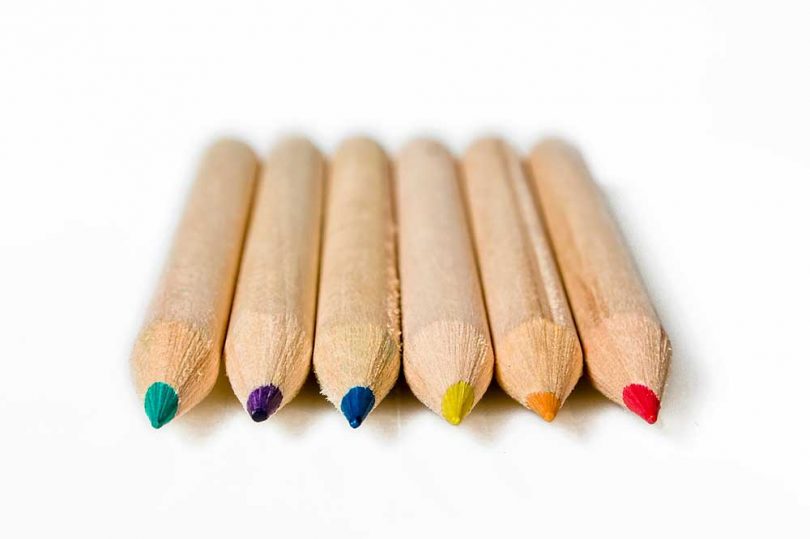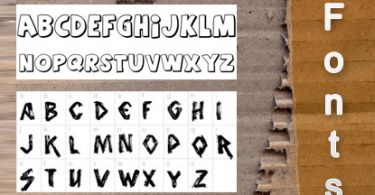When searching for success in life, understanding the psychology of colors plays a vital role. In understanding how certain colors affect mood and understanding how people react to colors, a person can convey a thought or idea without saying a word. Corporate marketers spend thousands of hours and millions of dollars evaluating the psychology of color and marketing, for everything from the order buttons on the company’s online sales portal to the card stock for executive business cards. Your small business may not have those kinds of resources, but you can still incorporate some basic color sense into your marketing — and especially in your logo design.
Color considerations in logo design
Making color choices is a foundational step of logo design. Your goal isn’t just to create a logo that will represent your brand memorably and well. You also want to foster an identity that will be so easy to understand and so relatable that seeing the color alone will be enough to bring your brand to mind for consumers.
As you provide your designer with direction in the earliest stages of the logo design process, keep in mind these five key color considerations:
1. Keep it simple
The most successful logos are simple in terms of colors. Think of some of the most successful logos in the world, such as Pepsi, Coke and Starbucks, which use just one or two colors. Would those logos be as memorable if they were multi-hued? Or would more colors detract from their visual impact?
2. Know what emotion you want to evoke and which colors will do that
What emotion do you want your logo to evoke in customers who view it? Identify the key emotional message you want your logo to communicate and choose colors to convey that emotion. For example, black communicates strength, elegance, simplicity and power — all emotions that resonate when you’re marketing a luxury item. Blue is a color of trust, a color that shows a sincerity and a connection between people. This also makes it one of the popular colors in advertising, think of how many bank and tech companies incorporate Blue into their logos. Red is the color of energy, vitality, and passion. It is worn by people who strive to dominate everything. It excites the emotions and motivates us to take action.
3. Know your target audience and what colors are likely to resonate with them
Color meanings can also be generational and gender-specific. While both men and women say blue is their favorite color and brown their least favorite, women often like purple, whereas men commonly don’t care for it. On the other hand, men tend to be slightly more partial to black. So if you’re marketing a line of luxury products aimed at men, black and blue might be smart logo color choices, whereas purple and brown might create negative associations.
4. Choose colors befitting your brand identity
This point relates back to emotion. Your brand identity is tied to the emotion you want customers to feel when they encounter your brand and your logo. When choosing colors for your logo, consider who you are as a company. Are you a steward of the environment? Green speaks of responsibility. Orange expels optimism and is well known as the “Uplifting” color. It combines the attributes of colors red and yellow, taking the energy from the former and the warmth of the latter. Many restaurants incorporate orange into their menus or into their decor in order to get patrons to eat up! Choose colors that evoke emotions that fit your corporate identity, whether it’s serious sophistication (black) or light and whimsical (yellow).
5. Choose colors that will make your logo look good wherever you use it
To maximize its impact, your logo should appear everywhere — from your stationery and signage to packaging and products. As you’re choosing colors for your logo, envision how those colors will look in every channel where you will use the logo. Will the colors play as well online as they do on a billboard? Or will that vibrant red you love in large format look like a ketchup smear on your business card? Test drive different logo colors in different real-life marketing situations.
Of course, if there’s one hard and fast rule of marketing, it’s that there are no hard and fast rules. This is true of color selection in logo design, too.
Subscribe to our Newsletter!



